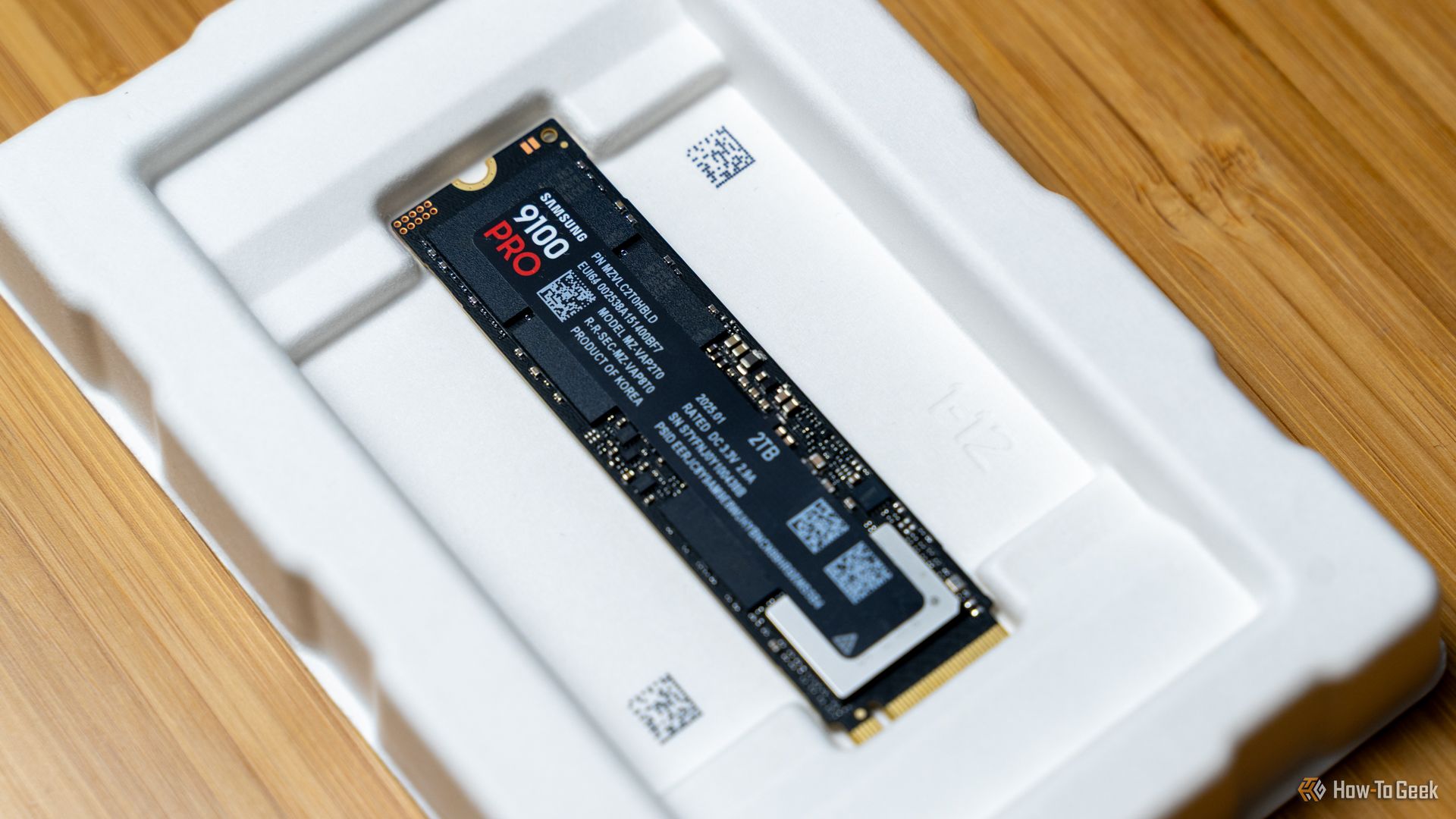At 122.88TB, the Solidigm D5-P5336 is the world’s largest SSD. It’s intended for datacenters, of course, and the $12,399 price tag is probably beyond your budget anyway, but it’s an impressive piece of hardware that serves a compelling purpose.
Announced late last year, the D5-P5336 utilizes a PCIe 4.0 interface (rather than PCIe 5.0) and features a U.2 form factor and, though an E1.L version is slated for later this year. It’s comprised of 192L QLC NAND, which isn’t too surprising given the extreme capacity, though it features an unusually high endurance rating. Solidigm claims that the drive can survive 134.3 PBW (that’s petabytes written) over five years. This rating is backed by a five-year real-world test where Solidigm ran 32KB random writes continuously at full load.
The D5-P5336’s endurance is owed to its extreme capacity as well as its CSAL (Cloud Storage Acceleration Layer) augmentation, which extends the usable lifespan of QLC NAND SSDs through intelligent caching and buffering. I’d love to explain this in more detail, but I think I need someone else to explain it to me first.
In any case, extreme capacity and endurance make the D5-P5336 an interesting solution for datacenters that currently rely on “hybrid” storage configurations. Instead of using a mix of HDDs and SSDs that serve various uses and and require a menagerie of hardware, datacenters can free up physical space, reduce operational complexity, and lower power consumption “by around 90%” through the use of large-capacity D5-P5336 drives.

Related
Samsung 9100 PRO NVMe SSD Review: Blazing a New Speed Trail
Plenty of speed, but it’s still too early for PCIe 5.0.
It’s an interesting proposition, especially for enterprise customers in involved in AI. Today’s AI models are notoriously resource-hungry (and almost completely unprofitable), so power-efficient or space-saving infrastructure is in high demand. I should take a moment to clarify that the D5-P5336 is available in a range of capacities starting at 7.68TB. Datacenters don’t need to buy into the 122.88TB model to gain the benefit of Solidigm’s CSAL technology, though large-capacity options offer the best drive endurance.
For those wondering, Solidigm no longer sells consumer-grade SSDs. The company shut down its consumer division in 2024 and fully committed itself to the enterprise market earlier this year. Solidigm was relatively popular in the consumer market, so this heel-turn came as a bit of a surprise to some, but it appears to have been a pretty level-headed move. Products like the D5-P5336 can ride the wave of the AI market boom while also laying the groundwork for next-gen consumer hardware. And, in any case, Solidigm’s consumer-grade SSDs were just rebadged versions of SK Hynix drives—Solidigm is the subsidiary that SK Hynix formed after buying Intel’s NAND and SSD business in 2020.
You don’t need the D5-P5336 SSD. But if you want to do a bit of window shopping, or if you’d like to imagine what life is like with $12,399 in spending money, go check out the product listing at Tech-America.
Source: Solidigm via TechRadar & TweakTown







Leave a Comment
Your email address will not be published. Required fields are marked *